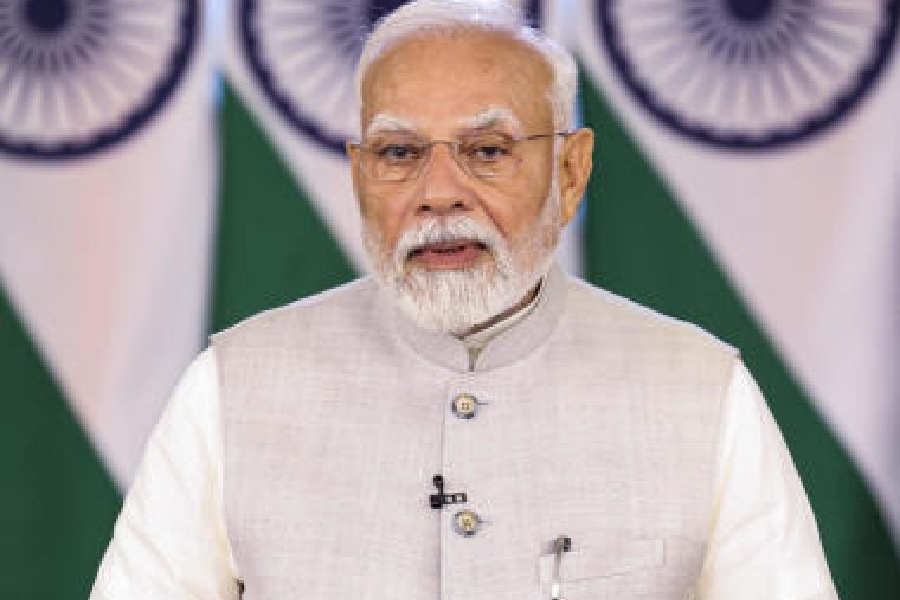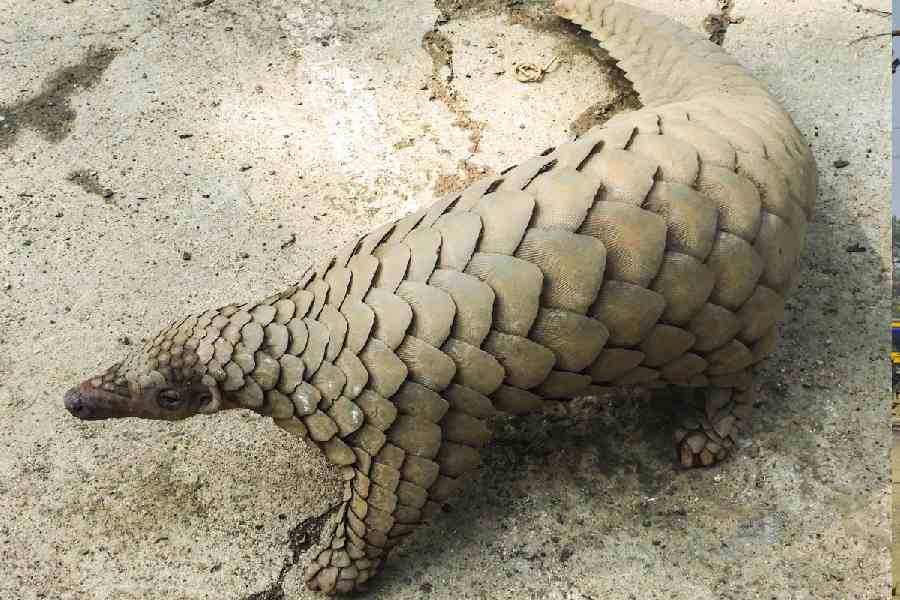 |
| A model shows off a Kunal Kaushik creation |
Of late, I have received several queries from many young boys and girls who aspire to pursue a career in the world of fashion and about the scope and potential of the fashion industry as well as the career options offered by it. I have maintained that fashion is not just about sketching designs on paper and organising fashion shows but a universe of possibilities that encompasses accessory design, merchandising, visual merchandising, garment export, jewellery design and offshoots like communication, styling, choreography, photography and a host of related aspects.
Today, career opportunities for young fashion students have increased manifold and so have the growth prospects.
Generally, when we talk about fashion designing, the image that comes to our mind is that of a fashion designer. But there is much more to it.
Along with the rest of the world, fashion education in India has evolved into a highly specialised and focused field.
Whether you want to become a fashion designer or a textile designer, a merchandiser or a retail manager, there is always a course designed to suit your needs.
However, what is most important is firstly to have a proper understanding of the business of the fashion industry as a whole and its different prospects and secondly, to decide the area you want to specialise in and then pursue a course accordingly.
Fashion and Apparel Design
Fashion is glamorous but the business of fashion is not. It’s devoid of the glitz and glamour one associates it with. It is gruelling work, involves long hours and takes more than just glamour to make it big in the industry. But it remains one of the most sought-after courses among the ones offered by institutes of fashion design.
Apparel design and merchandising is concerned with all those aspects of design, which are useful in creating, producing and marketing clothes. Initially, students are taught pattern making, draping, sewing and construction of fabrics. But later on, as students graduate to higher semesters, classroom lectures are replaced with more practical classes, industrial visits, industry projects and internships. Students of apparel design work in four broad areas of clothing: ready-to-wear, high fashion, costume design and functional wear. The readiness to put in long hours of hard work is the first prerequisite of this industry.
Merchandising deals with sourcing and retailing aspects of the business. Designing involves graphic design, designing leather products like footwear and belts, textile design, knitwear and other products or accessories like watches, belts and other items.
The production side of the business looks at the entire assembly line that is involved in the process of design execution and garment production. There is a lot of importance attached to quality control and production efficiency. So you could be a fashion co-ordinator, fabric co-ordinator, pattern maker, production controller, quality assurance manager, compliance manager, textile designer, cutting room manager, pattern technologist or fashion merchandiser, among other things. Export houses, buying houses (both domestic and foreign) and designers, recruit students as promoters, product managers, designers and merchandisers. You can also venture out on your own.
Textile Design
Indian fashion is known as much for its variety of textiles as for its design. Textile design forms the core of the business of fashion and accounts for 60 to 80 per cent of the product’s cost. The scope and need for a textile designer is tremendous. All fashion houses require textile designers and experts in order to be economically viable. Textile designers are experts in the science of fabric making and its treatment and can branch out to home furnishings as well.
All prominent institutes have specialised programmes for textile design where fundamentals of textile design are taught with emphasis on elementary ergonomics, textile fibres, colour composition and basic textile design for weaving and printing. Different dying techniques, printing methods, computer-aided design, digital imaging and construction of fabrics and surface design are also a part of the course. Students of textile design are directly recruited by textile mills, export houses, buying houses and handloom co-operatives as fabric managers, merchandisers, production managers and in other positions.
Lifestyle Accessory Design
Lifestyle accessory designers in India are certainly going places with people heading for every creative piece adorned with a designer label. The course involves designing accessories ranging from leather goods, watches and gifts to silverware, tableware and numerous other lifestyle products. Even apparel designers nowadays are trying their hands at designing accessories like bags, belts, wallets and watches.
Graduates in accessory design can join the industry as designers. The industry itself is diverse and caters to the sensibilities of all accessory designers. One can join companies dealing in home products, fashion accessories, design studios, buying houses and retail chains or start their own boutique.
Jewellery Design
The emphasis on professional training in jewellery design has recently gained momentum with the burgeoning number of jobs and secondly the change in customer demands. No longer do the customers want traditional designs that are repeated over generations and copied blindly from catalogues.
Besides modern designs, consumers are now looking for more variations to suit every price range. This is where a jewellery designer acquires prominence. What is emphasised in jewellery design is not just creating a beautiful design but doing this within a budget. Students are taught the aesthetics of the trade and the value of gems being used, creating new patterns, manufacturing details and grading and sourcing gems along with planning and marketing them.
(The writer is a fashion designer)











